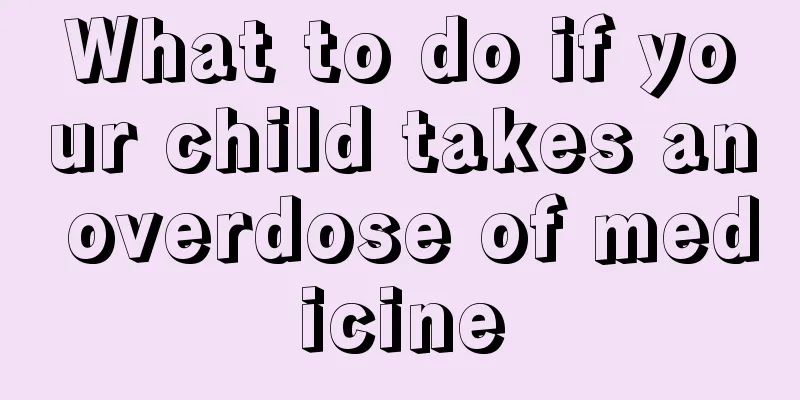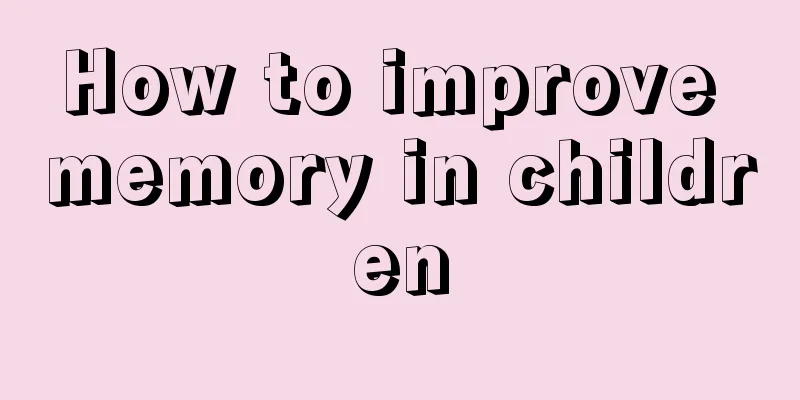Treatment of severe neonatal asphyxia

|
We may know that there are many reasons for severe neonatal asphyxia. Nowadays, many people have great difficulties with this. Severe neonatal asphyxia is different from ordinary diseases because suffocation may lead to death, which adds unnecessary psychological pressure to many people. Many people do not know much about their own illness and do not know why severe neonatal asphyxia occurs. However, we must have a clear understanding. Let us learn about the treatment methods of severe neonatal asphyxia! Treatment: Resuscitation of neonatal asphyxia should be performed collaboratively by obstetricians and pediatricians. You must be familiar with the medical history in advance and be fully prepared for technical operations and equipment to ensure that the resuscitation work is rapid and effective. The Apgar score is not an indicator for deciding whether to resuscitate. Respiration, heart rate, and skin color should be evaluated immediately after birth to determine resuscitation measures. ABCDE resuscitation plan: ① Try to remove as much mucus as possible from the respiratory tract. ② Establish breathing and increase ventilation. ③Maintain normal circulation and ensure adequate cardiac output. ④Drug treatment. ⑤Evaluation. The first three items are the most important, among which, cleansing respiratory mucus is the foundation and ventilation is the key. 1. Initial resuscitation steps (1) Keep the baby warm: Immediately after delivery, place the baby on a warming table that is preheated by far-infrared or other means. (2) Reduce heat dissipation: Use a warm dry towel to dry your head and whole body to reduce heat dissipation. (3) Adjust the body position and raise the shoulders by 2 to 2.5 cm with a cloth roll so that the neck is slightly extended. (4) Immediately after delivery, clean the oral, pharyngeal and nasal mucus. The suction time should not exceed 10 seconds. First, suck the oral mucus, then the nasal mucus. (5) Tactile stimulation: If the baby still does not breathe after the above treatment, you can stimulate breathing by patting the soles of the feet twice and rubbing the baby's back. The above five steps are required to be completed within 20 seconds after birth. 2. Ventilation resuscitation steps If the baby has normal breathing, heart rate >100 beats, rosy skin or only cyanosis of hands and feet after tactile stimulation, he or she may be observed. If there is no spontaneous breathing, wheezing and/or the heart rate is <100 times per minute, pressurized oxygen should be given immediately using a resuscitator; if the heart rate is >100 times per minute after 15 to 30 seconds and spontaneous breathing occurs, the patient can be observed; if the heart rate is between 80 and 100 times per minute and there is a trend of increasing, pressurized oxygen should be given by the resuscitator; if the heart rate does not increase or is <80 times per minute, chest compressions should be performed for 30 seconds at the same time. If there is no improvement, endotracheal intubation should be performed and 1:10,000 epinephrine should be given intravenously or intratracheally; if the heart rate is still <100 times per minute, acid correctors and volume expanders can be used as appropriate according to the patient's condition, and dopamine or dobutamine can be given to patients with shock symptoms; if the mother has used anesthetics within 6 hours before the baby is born, sodium chloranone can be injected intravenously or intratracheally. 3. Post-resuscitation observation and monitoring The main contents of monitoring are body temperature, respiration, heart rate, blood pressure, urine volume, skin color and neurological symptoms caused by suffocation; pay attention to acid-base imbalance, electrolyte disorder, abnormal urination and defecation, infection and feeding problems. The above content introduces us to the treatment methods of severe neonatal asphyxia. I believe that everyone has a clearer understanding of this issue. We can treat the disease through the cause, and we can also avoid this problem by understanding the cause. I hope the above content will be helpful to all of us. |
<<: How to treat my son's sweating while sleeping
>>: The reasons why babies don't like to drink milk recently and the treatment strategies
Recommend
How can children improve their physical fitness?
Children are growing up and have poor resistance....
What department should I go to if my child drools?
Children are important family members in every fa...
What are the correctors for children's overbite?
As people's aesthetic requirements in modern ...
What to do if your baby has big gaps between teeth
Many mothers will find that their baby has large ...
What are some good ways to treat tooth decay in children?
If a child has tooth decay, it will cause great h...
What to do if your child has a stomachache and fever
We all know that our baby is the apple of our eye...
What ointment should I use for mosquito bites?
As the temperature rises in the summer, various i...
What causes a baby's heart murmur? The truth is this
Many young parents, due to lack of relevant knowl...
How to deal with spots on baby's face
If there is an abnormality in the baby's body...
What are the specific effects of anemia in children?
Everyone must know about anemia. Nowadays, many c...
At what age do babies start to recognize people?
Most of the new parents hope that their babies ca...
Reasons for cold sweats in children
What mothers care about most is the physical deve...
What to do if your newborn is easily frightened
After a newborn is frightened, you must call out ...
Is perfume harmful to newborns?
Spraying perfume is no longer exclusive to women....
5 month old baby sweats when sleeping
Every child is the center of the family, so paren...









